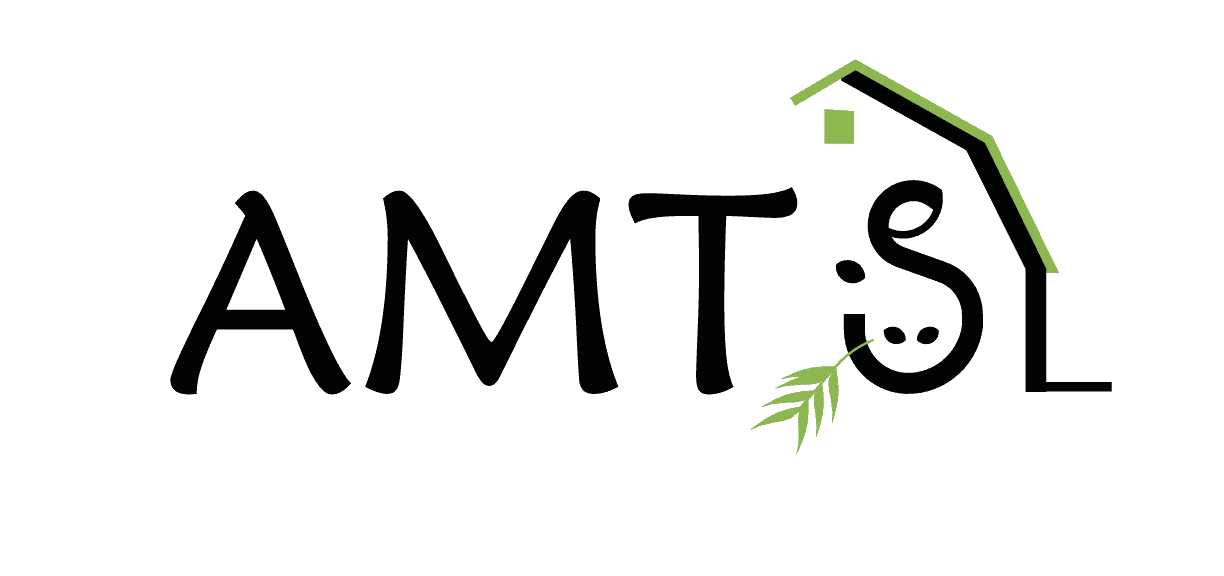This is the second of three articles discussing the questions Tom ask when he first begins evaluation a herd. As in the post about replacement animals, I will post the questions Tom asks and this logic behind these specific questions. In this posting I will write about Dry Cows. To repeat what I said in the Heifer Evaluation listing:
Tom’s Reasons for asking these specific questions.
General comments: you may wonder why I haven’t asked numbers like milk production and components, cull rate, conception rate, etc. These values are all outputs of what your dairy is doing. By looking at these values, we only know the surface and not how things are working internally (or if you are profitable). The questions that have been posed are at a level where we can evaluate the various systems within the dairy; many represent critical control points. If the answers you give to these questions fall within our guidelines, milk and reproduction tend to be good.
Dry Cows
1. One group or two group dry cow program and how many days dry are 1st and >=2nd lactation animals?
2. Do dry cows GAIN, LOSE, or MAINTAIN condition score during the dry period?
3. What is feed bunk space per cow in dry cow pens?
4. How many times are dry cows moved between groups while dry?
5. What is the forage NDF as a percent of bodyweight fed to dry cows?
6. How many grams of calcium are fed to close up dry cows?
7. What is DCAD of close up dry cow diet (or all dry cow diet if one group)?
Dry Cows
1. One group or two group dry cow program and how many days dry are 1st and >=2nd lactation animals?
a. This is more an informational question to determine if days dry are 50 to 60 for 1st lactation and 45 to 60 for others. If the average numbers are outside of these ranges, health and production will suffer.
2. Do dry cows GAIN, LOSE, or MAINTAIN condition score during the dry period?
a. Dry cows should NEVER lose BCS during the dry period. Any loss directly affects post-calving health, survival, productivity, and reproduction in the upcoming lactation. Our ideal BCS for dry cows is between 3.25 and 3.5. Losing body weight results in fat accumulation in the liver contributing to ‘downers’ and ‘poor-doers’ postcalving. Additionally, these cows will be 3-5x more likely to experience ketosis, metritis, and other post-calving metabolics. A slight gain in BCS is acceptable but should be no more than 0.25 points during the entire dry period.
3. What is feed bunk space per cow in dry cow pens?
a. Work from University of British Columbia has shown that social competition at the feed bunk at 21 days PRE-CALVING directly affects incidences of metritis. Over-stocking these pens (reducing feed bunk space to less than 45 cm/c) directly affected subsequent lactation performance. Changes in social behavior as a result of overstocking (different study) also clearly showed that feeding behavior during the dry period directly impacts ketosis (clinical and sub-clinical) post-calving.
4. How many times are dry cows moved between groups while dry?
a. Further work at the University of British Columbia found that moving dry cows between pens reduced the DMI of the moved cow 9% the after the move. Additionally, rumination time and eating time were reduced 10%. These new cows displaced others in the group twice as many times from the feed bunk as existing group mates did. These short-term disruptions are likely to have a negative effect on post-calving health and productivity.
5. What is the forage NDF as a percent of bodyweight fed to dry cows?
a. Dry cows with diets less than 0.85% forage NDF as a percent bodyweight are more prone to postcalving displaced abomassums and other potential metabolic related problems. Cows fed lower levels of forage tend to want to over-eat early in the dry period and then
greatly reduce their intakes during the pre-fresh period, when we are already combating reduced DMI.
6. How many grams of calcium are fed to close up dry cows?
a. Calcium intake is still an important component to be evaluating when looking at potential for milk fever, retained placentas, and other post-calving issues. Lean et. al. from Australia conducted a meta-analysis and found that diets need to be either low in calcium (less than 60 g intake) or very high (>200 g). Levels between this had up to 5x greater risk for milk fever.
7. What is DCAD of close up dry cow diet (or all dry cow diet if one group)?
a. Along with calcium intakes, DCADs can be used to evaluate milk fever risk and overall transition period quality. Overton (Cornell) evaluated the effect of simply reducing DCAD 10 units (for diets already at -10 meq/100 g) and found further reductions in post-calving metabolic diseases. However, the Lean meta-analysis also found that the number of days these diets are fed greatly affects their potential success or failure. Cows generally adapt to negative DCAD diets within 10 days! Thus, while low DCAD diets generally are favorable, under one group dry cow situations, levels may need to be adjusted to ensure favorable responses.






